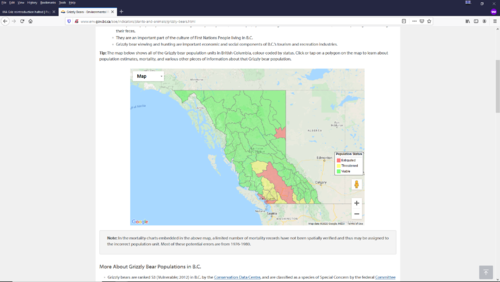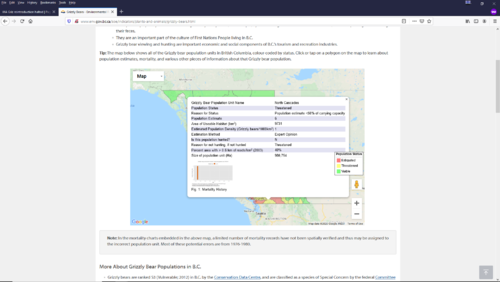kwyeewyk
Well-known member
Yes that is the best of the five photos talked about in the article.
That one I can accept as a probable grizzly, but I wouldn't say 100%, it's not a great photo and when black bear get extra large they look different.
They’ve had them in the Mazama town before. Albeit a number of years ago.
Perhaps a number of decades ago, certainly not in the last few years.






